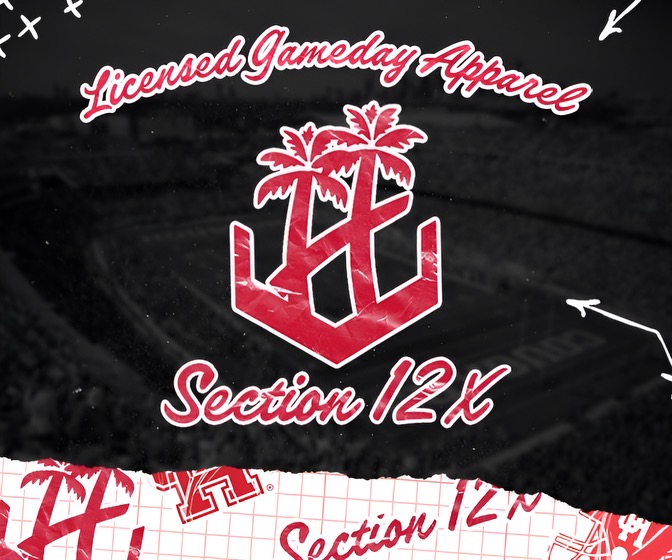
Despite a solid opening drive that led to a field goal, UH started slow offensively in the BYU game. Making it worse, the BYU offense was carving up the UH secondary and the Cougs jumped to a 14-3 lead.
But Houston dominated the middle two periods and took a small lead into the fourth quarter. UH showed several bright flashes but eventually, BYU proved themselves to be the better, more experienced team. In the fourth quarter, BYU dominated in all three phases of the game. Here’s how they were successful on defense.
BYU Twist Schemes: BYU used twist schemes to confuse the inexperienced offensive line of UH. Twist schemes, or “games,” are normally used to take advantage of a lack of communication or cohesiveness of an offensive line. Usually, they can be effective in a tight game or when there’s been a change on the OL. BYU had both circumstances working for them in the last quarter.
Using an odd front, BYU does not have the bodies to generate a lot of pressure in the middle. Odd front teams generally rely on scheme to bring people from different areas in order to pressure the quarterback. Here, with an even front, the BYU defensive ends twist inside as their tackles loop out to contain. On the camera side, RT Dennis Bardwell and RG Max Banes are confused and hesitate for a split second, which is all BYU needed.
https://media.giphy.com/media/aUJOmZNjSzk4S5gI4x/source.mp4
By using twist games, BYU was able to take advantage of an inexperienced unit that has not been working together very long. Add in a substitute at RG and Braylon Jones moving to center and the unit cohesion just isn’t there. When UH showed they were not yet able to pass off a defender to one another, BYU continued to use games to create large gaps for defensive linemen and linebackers to run through. That caused Clayton Tune to be hurried or to try to make plays with his feet.


